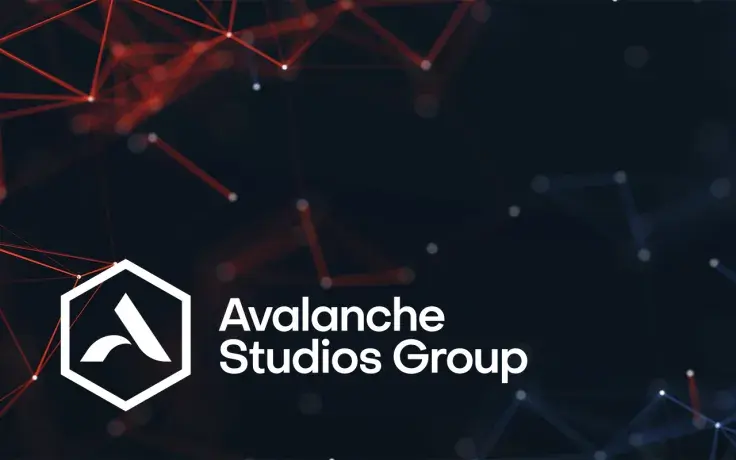
The staking rate of the Avalanche network has exceeded 50%, with most stakers located in the United States and using Amazon Cloud Services to validate the network, WuBlockchain reports.
As the journalist reports, he expects the staking rate for the network to rise in the future. A total of 64.5% of the validator nodes are powered by Amazon Cloud Services, while the other half is redistributed among smaller providers like Digital Ocean, Heinzner Onli and Contabo. Surprisingly, Google LLC does not cover even 5% of providers' distribution.
Second place country-wise goes to Germany, with approximately 25% of all validators located in one of the biggest countries in Europe.
Validator and delegator requirements
In order to become an AVAX validator, users must have at least 2,000 AVAX on their balance, which is now worth approximately $142,000. The requirement for delegators is more modest: 25 AVAX.
The current staking rate of the Avalanche has reached 50.65%, and it will continue to increase in the future. 50.3% of the validator are located in the United States, and 64.5% of the validator nodes are using Amazon Cloud Services. pic.twitter.com/3qbo368AEY
— Wu Blockchain (@WuBlockchain) March 13, 2022
The minimum amount of time for staking funds for validation is two weeks, and the maximum is one year. The same requirements are suitable for delegation. The delegation fee rate is 2%.
The main danger for validators is the inability to invert transactions, hence, there is no way of changing the initial parameters for each node. After signing off on the transaction, users are not able to remove the stake too early or change the staking amount or reward address.
AVAX price performance
Thanks to the highly developed staking structure and high involvement of the AVAX community, the price of the asset outperforms the market in general and has gained more than 17% since January, while similar assets like Solana are losing 12%.
At press time, AVAX is trading at $71 and continues to move in the rangebound formed since February.

 Dan Burgin
Dan Burgin Vladislav Sopov
Vladislav Sopov U.Today Editorial Team
U.Today Editorial Team